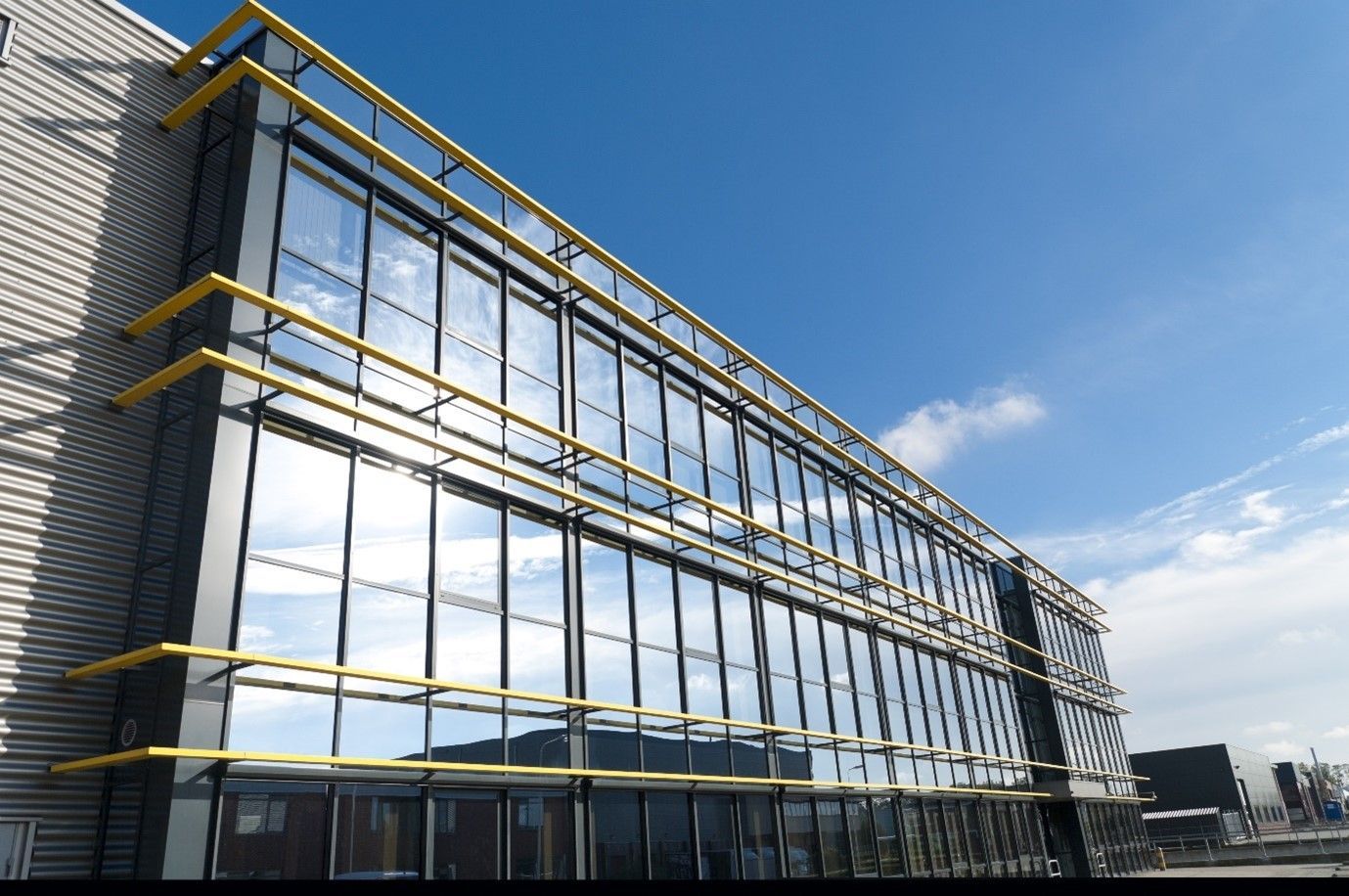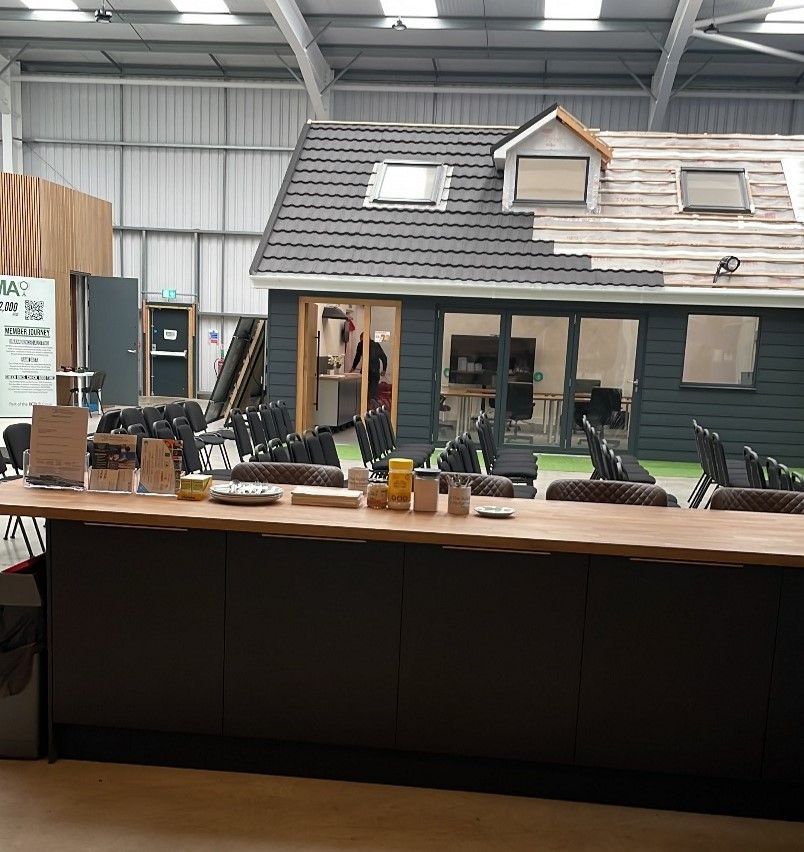How a Building meets the Passivhaus Standards
Takumi Sloan • December 12, 2019
With the increase of low energy buildings its crucial to understand how a building can meet a standard like Passivhaus:
- It must have an annual heating and cooling demand of no more than 15
- The energy used to generate electricity must not exceed 60
- The air changes per hour must not exceed 0.6@ 50 Pa. Moreover, the air changes per hour must also be tested once the membrane is built and must achieve below 0.6 to ensure it’ll achieve 0.6 at final build.
- The summer overheating must not exceed 10%
If these criteria aren’t met then a building can qualify for other standards like PHI Low Energy Building, EnerPhit or AECB Building Standard.
Contact us at Ashby Energy Assessors
if you need more information.
Image accreditation: https://acarchitects.biz/
Ashby Energy Assessors Blog and News

Biodiversity Net Gain (BNG) is an approach designed to leave the natural environment in a better state than before. It requires developers to assess the impact of their projects on local ecosystems and take active steps to ensure that the biodiversity is not only preserved but enhanced. As environmental concerns have gained more attention, BNG has emerged as a vital framework for mitigating the negative effects of development on nature, offering a systematic way to restore and improve ecosystems. This is particularly important in the local context, where urbanization and development often place heavy pressure on biodiversity.

Energy efficiency requirements for new homes and non-domestic buildings are set by Part L (Conservation of Fuel and Power) and Part 6 of the Building Regulations 2010 (“the Building Regulations”). The consultation paves the way for achieving the Future Homes Standard and Future Buildings Standard. It explores technical proposals for changes to the Building Regulations, the associated Approved Document guidance and calculation methods.


